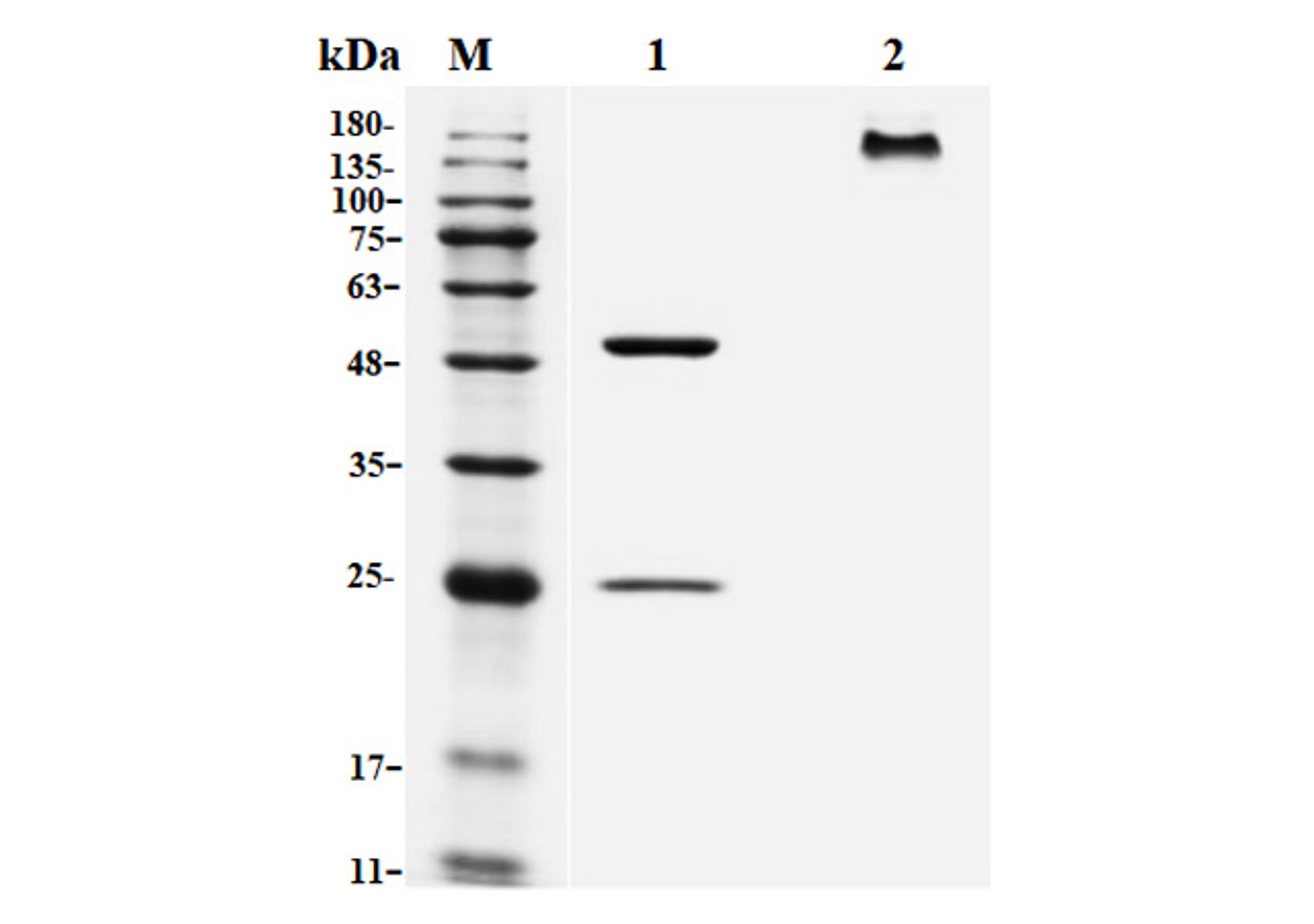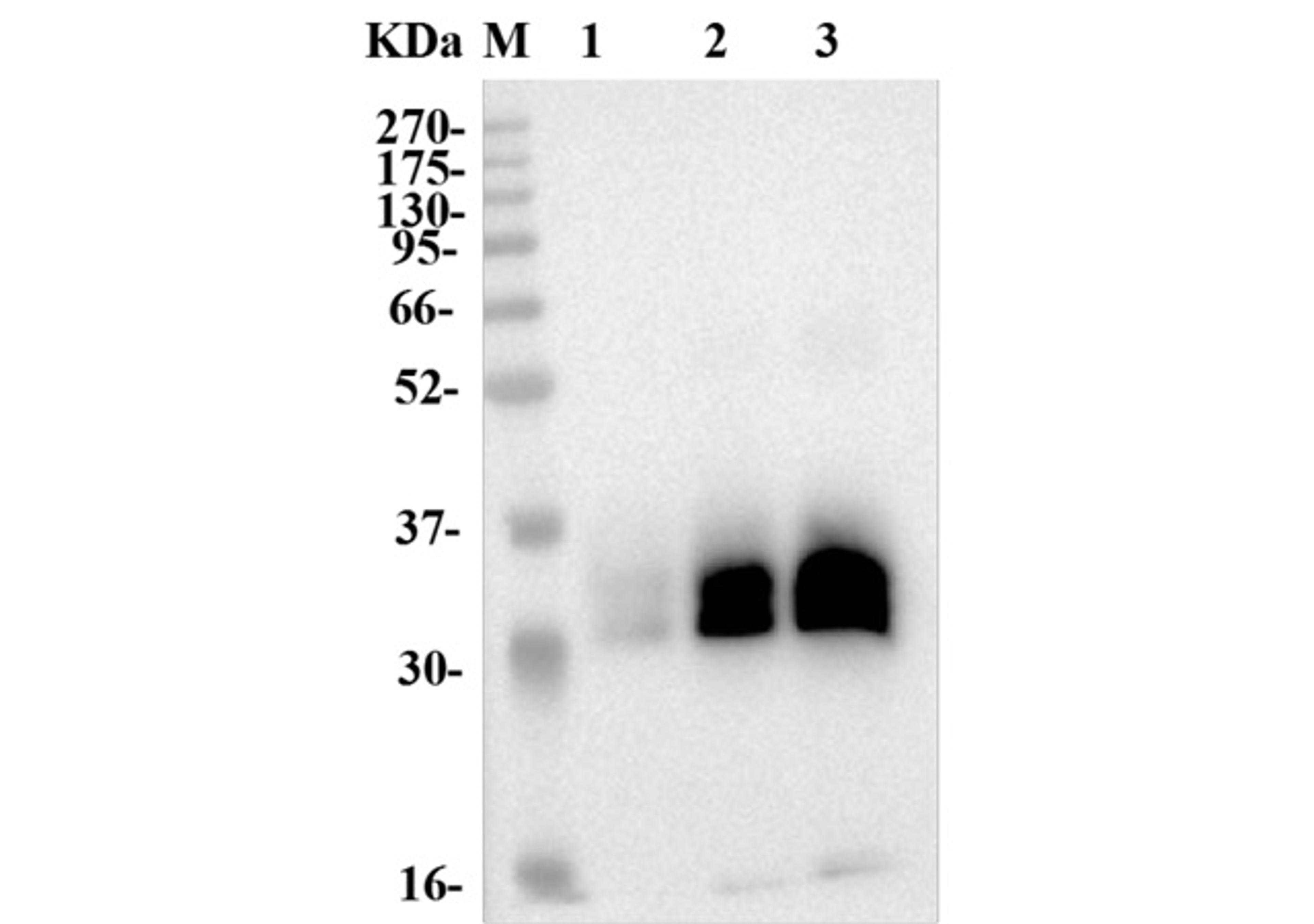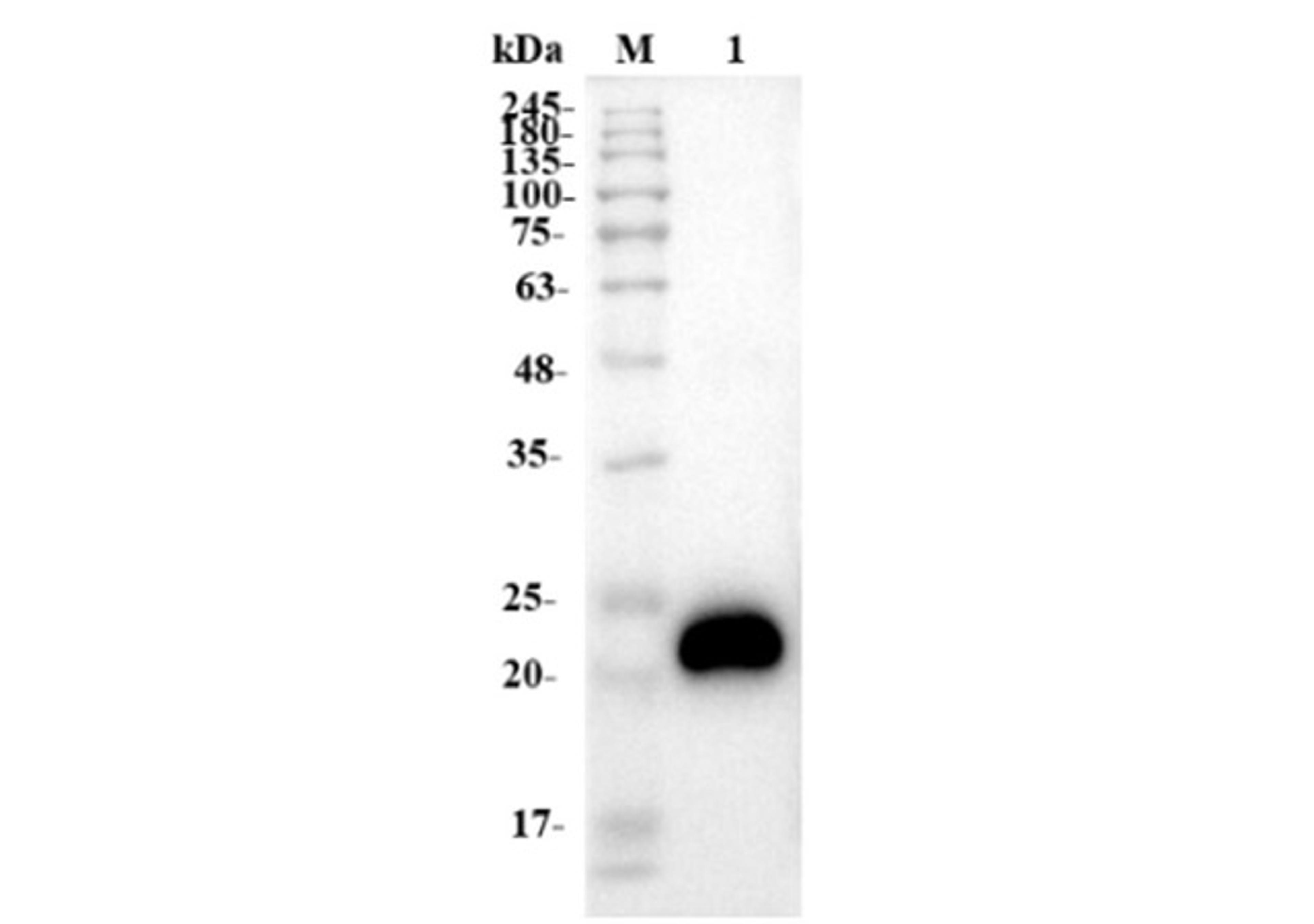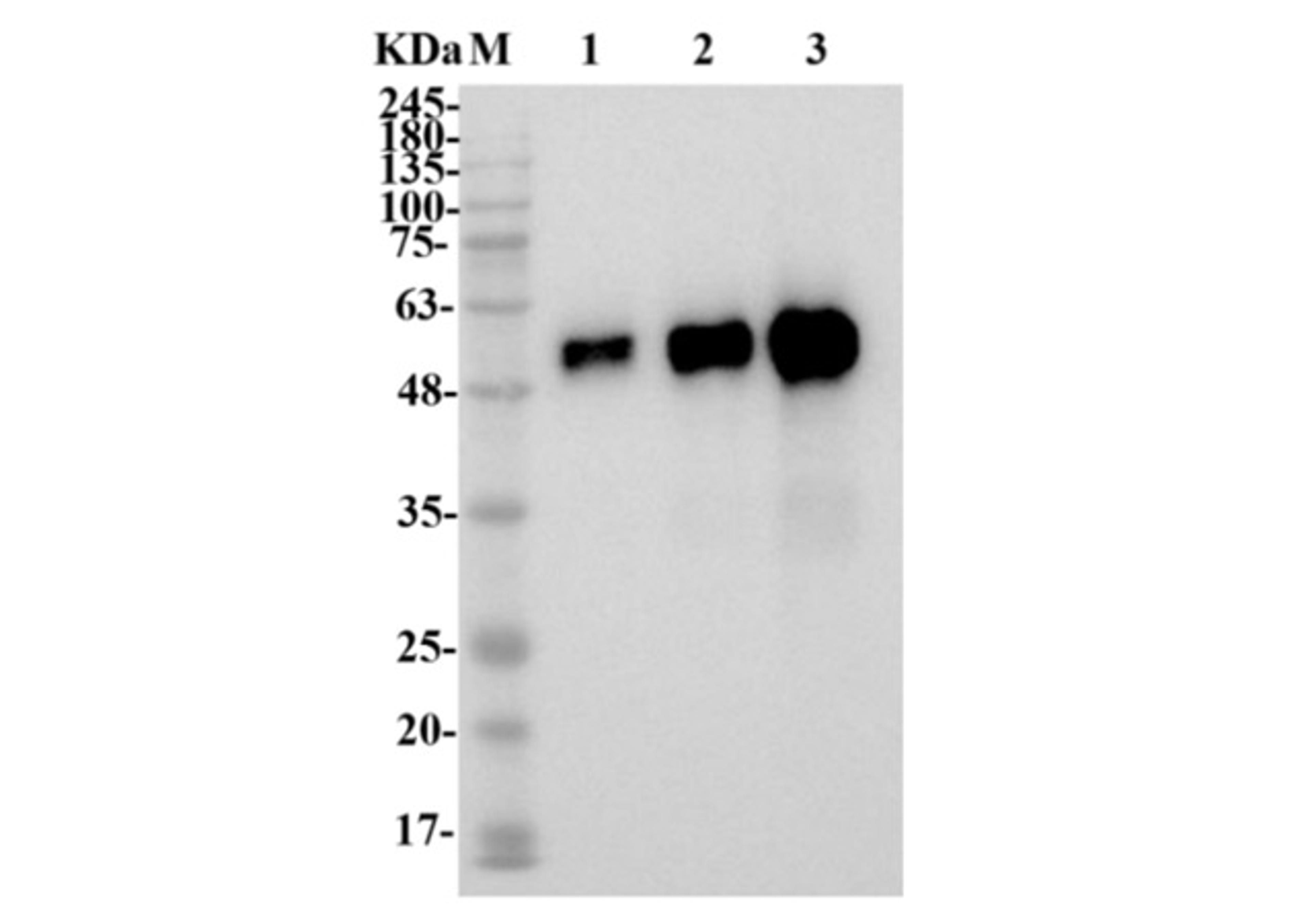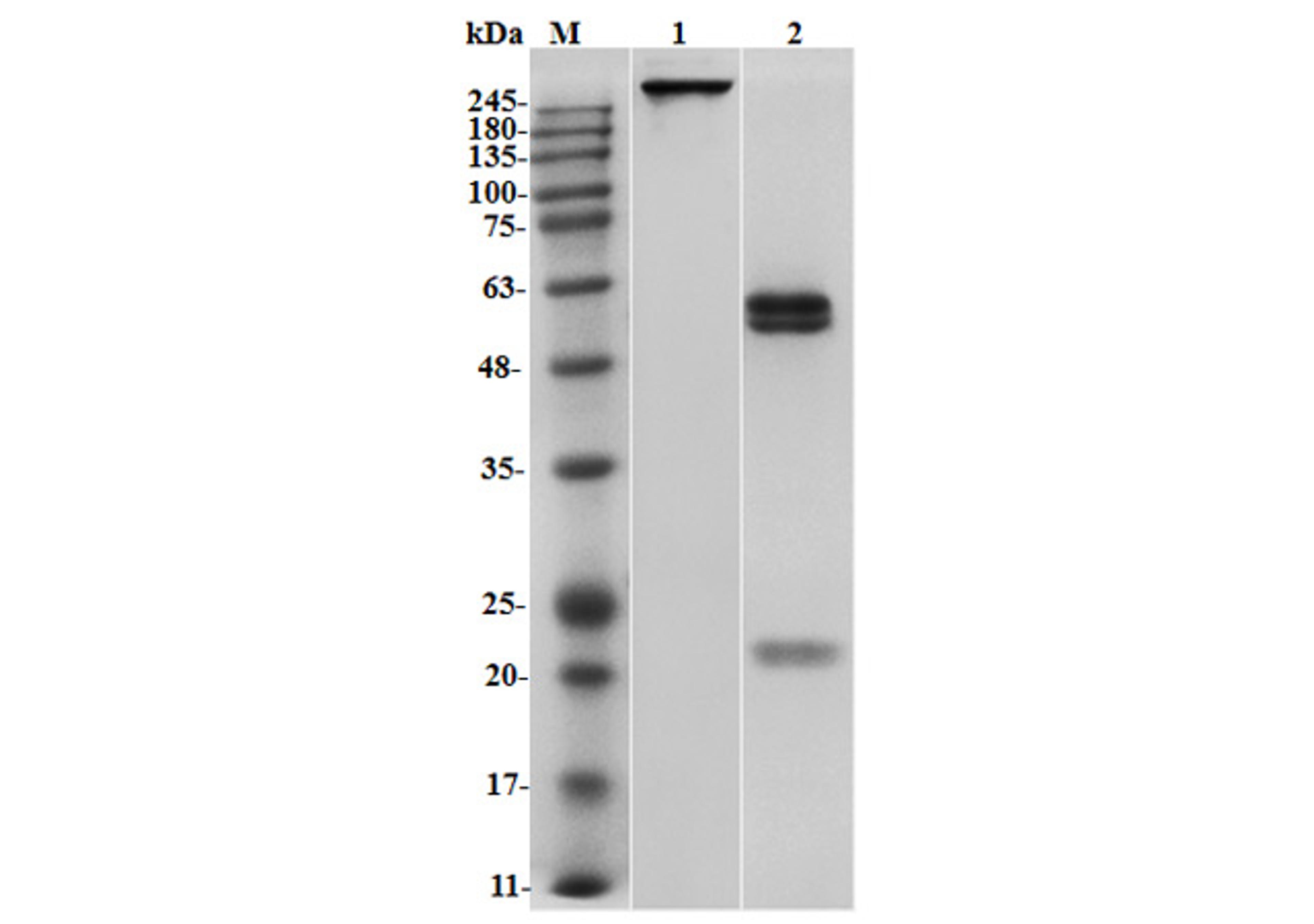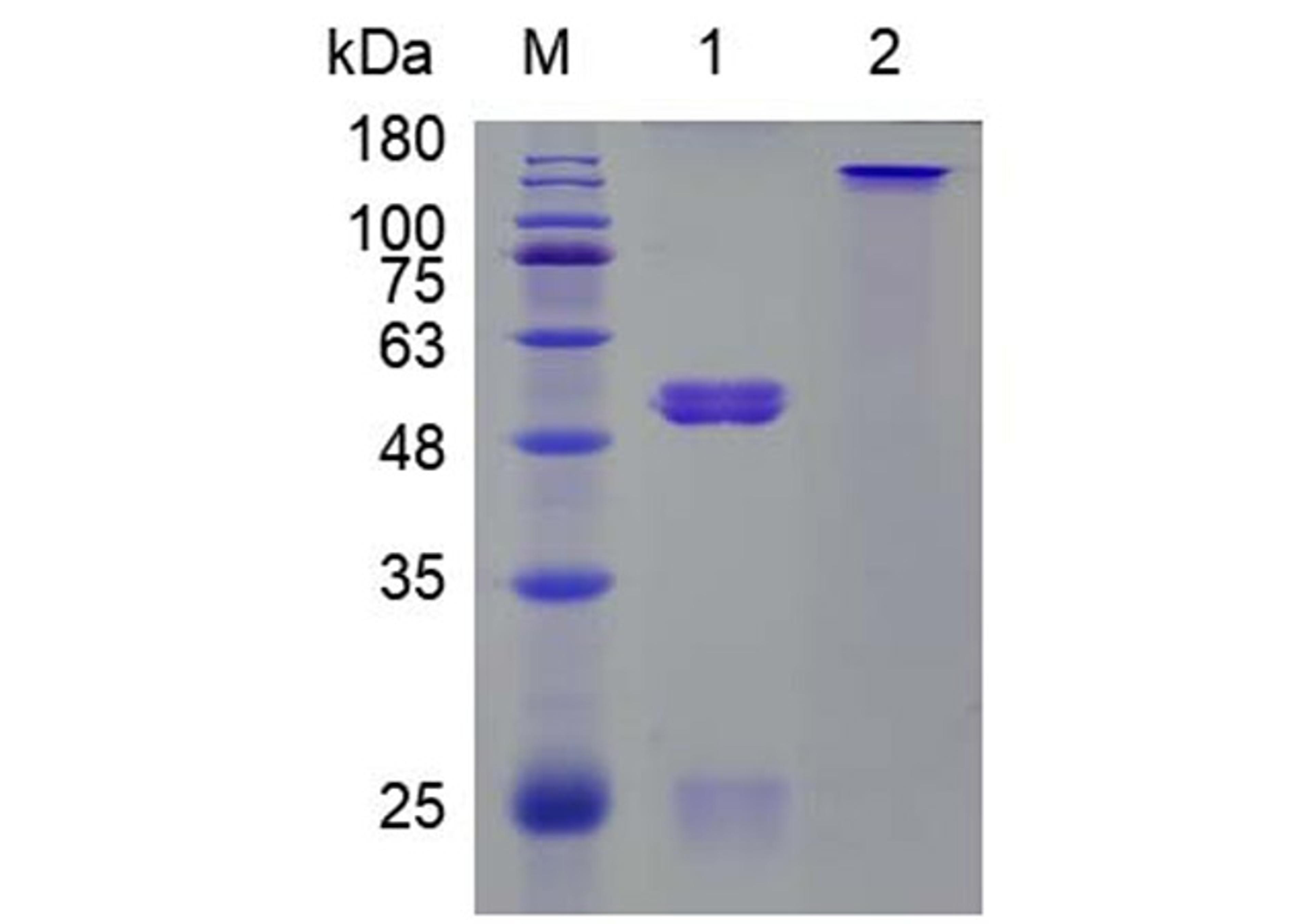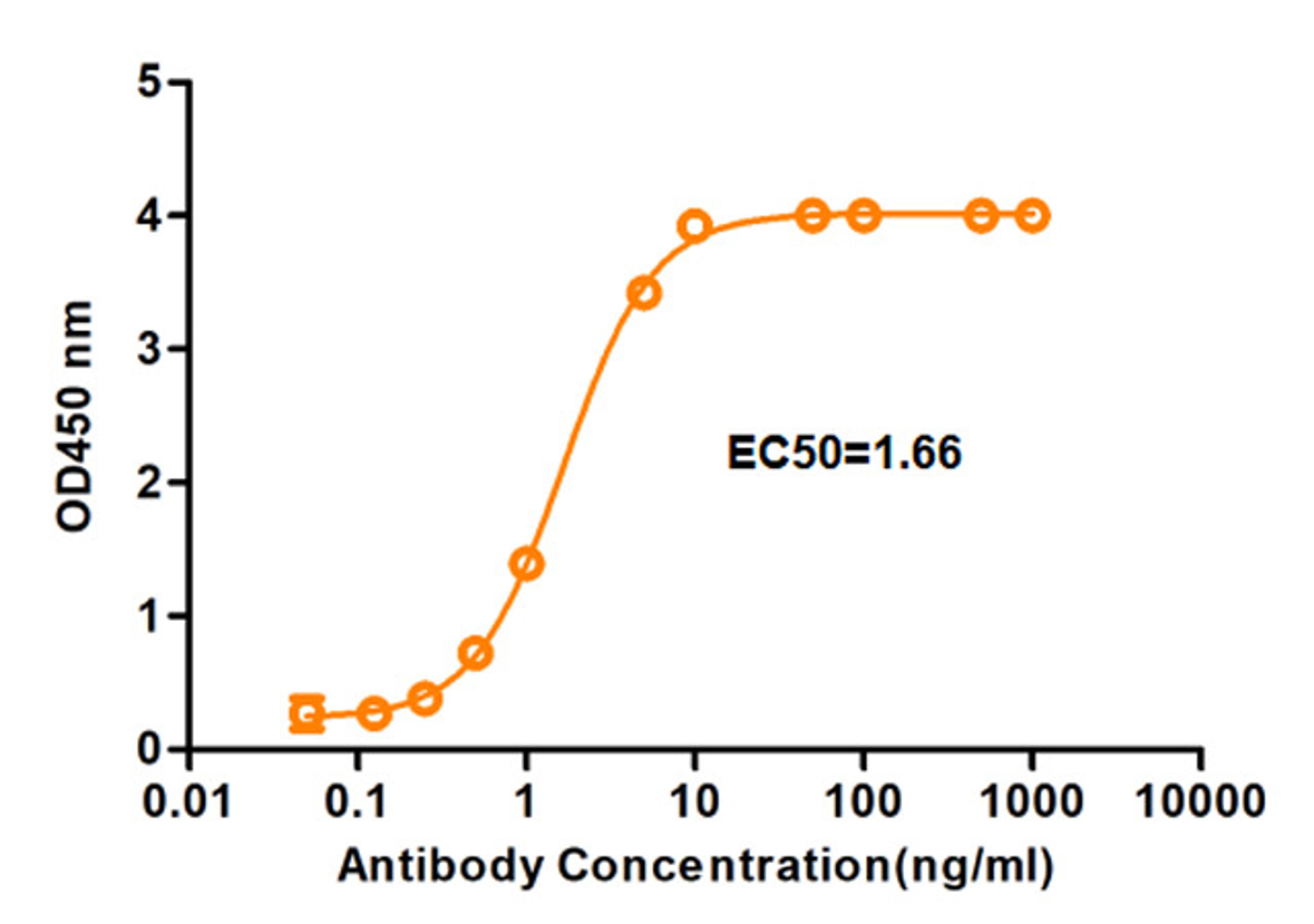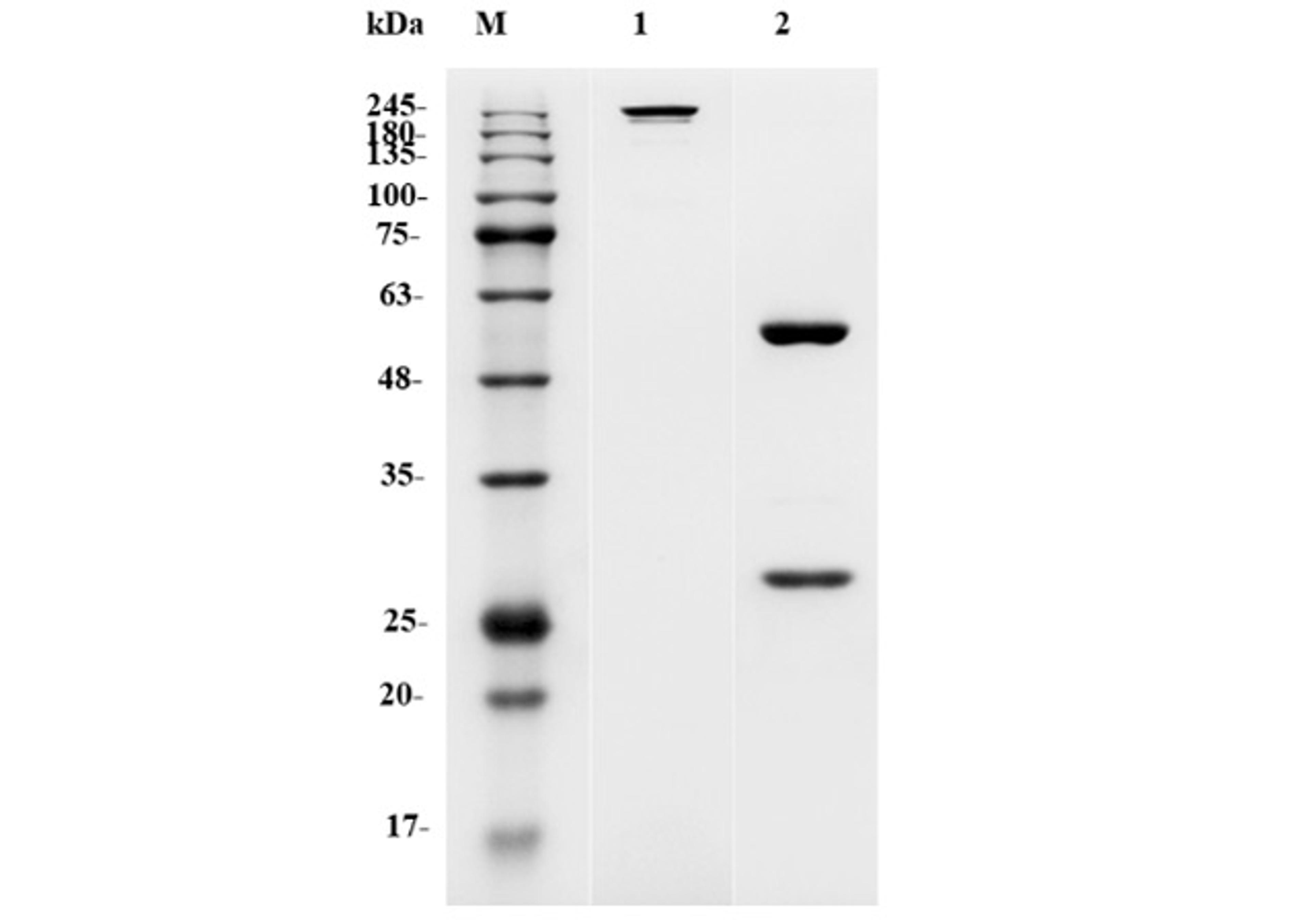CA 15-3 (Breast Cancer) Antige
High Quality Assays with Reproducible and Reliable Results

The supplier does not provide quotations for this product through SelectScience. You can search for similar products in our Product Directory.
For the quantitative determination of the Cancer Antigen CA15-3 concentration in human serum. Breast cancer is the most common life-threatening malignant lesion in women of many developed countries today, with approximately 180, 000 new cases diagnosed every year. Roughly half of these newly diagnosed patients for node-negative; however 30% of these cases progress to metastatic disease. There are a number of tumor markers that can help clinicians to identify and diagnose which breast cancer patients will have aggressive disease and which will have an indolent course. These markers include estrogen and progesterone receptors, DNA ploidy and percent-S phase profile, epidermal growth factor receptor, HER-2/new oncogene, p53 tumor suppressor gene, cathepsin D, proliferation markers and CA15-3. CA15-3 is most useful for monitoring patients post-operatively for recurrence, particularly metastic disease. 96% of patients with local and systematic recurrence have elevated CA15-3, which can be sued to predict recurrence earlier than radiological and clinical criteria. A 25% increase in the serum CA15-3 is associated with progression of carcinoma. A 50% decrease in serum CA15-3 is associated with response to treatment. CA 15-3 are more sensitive than CEA in early detection of breast cancer recurrence. In combination with CA125, CA15-3 has been shown to be useful in early detection of relapse of ovarian cancer. CA15-3 levels are also increased in colon, lung and hepatic tumors.The CA15-3 ELISA test is based on the principle of a solid phase enzyme-linked immunosorbent assay. The assay system utilizes a monoclonal antibody directed against a distinct antigenic determinant on the intact CA15-3 molecule is used for solid phase immobilization (on the microtiter wells). A rabbit anti-CA15-3 antibody conjugated to horseradish peroxidase (HRP) is in the antibody-enzyme conjugate solution. The test sample is allowed to react sequentially with the two antibodies, resulting in the CA15-3 molecules being sandwiched between the solid phase and enzyme-linked antibodies. After two separate 1-hour incubation steps at 37°C, the wells are washed with water to remove unbound labeled antibodies. A solution of TMB Reagent is added and incubated for 20 minutes, resulting in the development of a blue color. The color development is stopped with the addition of Stop Solution changing the color to yellow. The concentration of CA15-3 is directly proportional to the color intensity of the test sample. Absorbance is measured spectrophotometrically at 450 nm.





